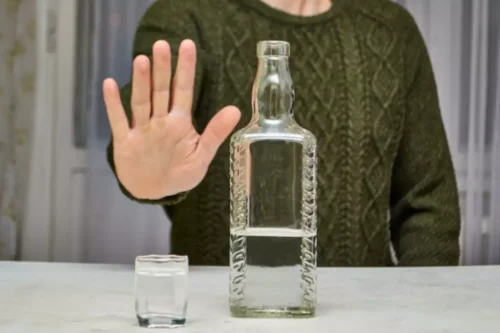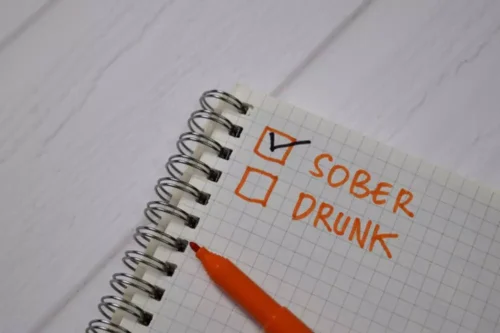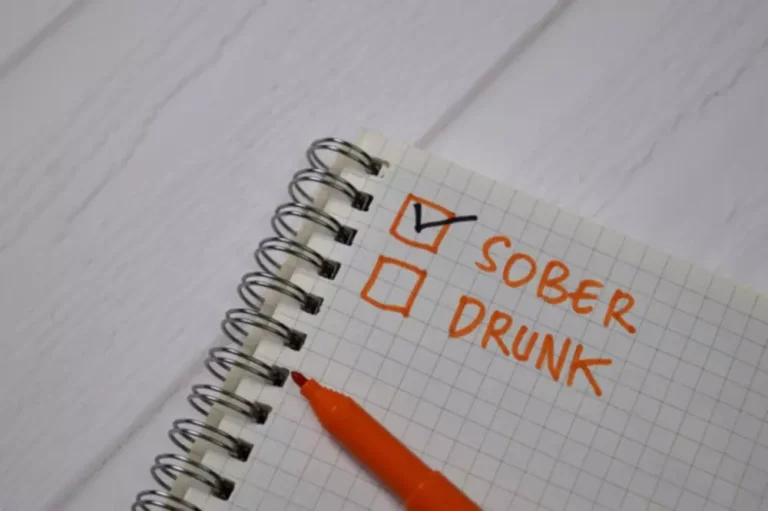
AddictionResource fact-checks all the information before publishing and uses only credible and trusted sources when citing any medical data. In a study published in the Journal of the American Medical Association, relapsing in substance use disorders was compared to relapsing among those suffering from hypertension and asthma. Study results showed that 40% to relapse prevention plan 60% of recovering addicts suffer from it at least once, whereas worsening occurs in 50% to 70% of people with health conditions such as hypertension and asthma. Write down which substance or substances you use and your reasons for wanting to stop. This might include reasons such as wanting to be more in control of your mental health, wanting to rebuild relationships that have been harmed by substance use, or wanting to progress in your career. Identify people who can provide emotional and practical support when you find yourself triggered.

Recognize your triggers

This can allow you to remove aspects that you feel are not helpful and add aspects that you think might benefit you in the future. These reviews can also remind you to check in with your goals and motivations for sobriety and monitor your progress. Proper self-care can ensure you’re happy and healthy, which makes dealing with unavoidable triggers much easier. If you’re in a good place mentally and physically, it’s easier to deal with things that might normally trigger you to drink or use.

Related Tools
A family-centered approach to creating a relapse prevention plan involves everyone in the process and helps establish a support system. This process involves identifying the positive qualities and skills that members of the family possess, such as good communication skills, empathy, or problem-solving abilities. By leveraging these strengths, families can create a supportive environment that promotes healthy coping strategies and reduces triggers for relapse. A relapse prevention plan can be broken down into small, manageable steps. You can begin each day with a consistent morning routine that includes healthy, pro-recovery activities such as meditation, reading, exercising, or journaling. This sets a proactive, positive tone for the day and reinforces your commitment to recovery.
Melemis Relapse Prevention Plan

With repeated use, alterations in brain chemistry and functioning can result in the development of substance dependence. Once a person becomes significantly physically dependent, withdrawal symptoms and drug cravings may be common side effects if drinking or drug use slows or stops suddenly. Someone who has grown dependent on a substance may not feel “normal” without it. Therefore, a return to drug or alcohol use may seem like a good way to get back to feeling OK, curbing withdrawal symptoms, and combating strong cravings. Relapse prevention plans are tailored specifically to each person depending on their circumstances.
- To reduce this risk, the model suggests that people recognize early warning signs of slipperiness and take immediate steps to keep it from worsening.
- By proactively identifying triggers, developing coping strategies, and building a robust support system, you equip yourself with the tools necessary to maintain sobriety.
- A relapse prevention plan can help you identify triggers, develop coping skills, and understand who is ready to help you in a crisis.
- Commit to talking with one or more of the support group members regularly.
Cognitive Triggers
In the end, your relapse prevention plan is a testament to your commitment to a healthier, substance-free life. By adhering to the strategies outlined in your plan, you not only protect your sobriety but also lay the foundation for a fulfilling and meaningful future. Stay vigilant, stay connected, and most importantly, stay true to your commitment to recovery. The rewards of a sober life are immeasurable, and with the right plan in place, they are well within your reach.
You can keep a list of emergency contacts, including supportive friends, family, and healthcare providers. Those who abstained from opioids, even for a relatively short period of time, are at increased risk for accidental overdose. As part of relapse prevention it is critical to educate patients about the danger of unintentional overdose after a period of staying clean. With abstinence (or even reduced use), the individuals tolerance level for the drug decreases; resorting to using prior (e.g., pre-relapse) doses of opioids can cause overdose and death. Injectable-naloxone kits may help prevent a fatal opioid overdose in active users. To reduce this risk, the model suggests that people recognize early warning signs of slipperiness and take immediate steps to keep it from worsening.
- Without boundaries, you may say “yes” to things you don’t want to, avoid necessary conversations, and be consumed by others’ negative feelings.
- Practicing mindfulness also aids in dealing with triggers without using substances.
- Another essential thing to keep in mind is the reason one decided to quit in the first place.